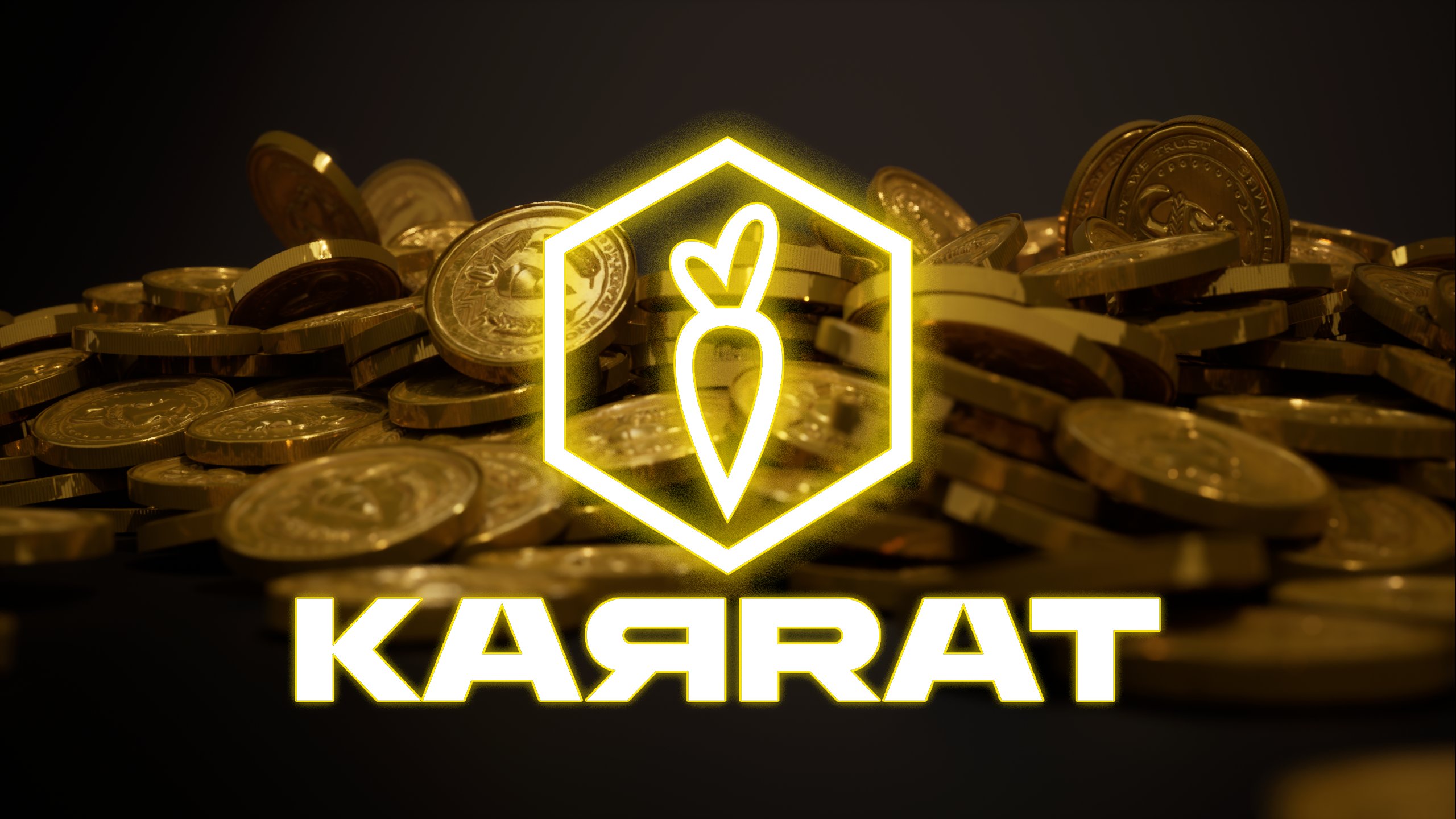Friend.tech’s collapse offers key lessons for the SocialFi industry, potentially driving the next wave of enterprises toward sustainable, long-term success.
With its decentralized frameworks, SocialFi reimagines social media and offers users more privacy, control, and revenue-generating options.
Friend.tech rode a wave of enthusiasm from August 2023 to 2024 by connecting their decentralized social media network to X. However, the token’s value plummeted in May, and it was essentially declared extinct in August.
The collapse of Friend.tech, according to Andrew Saunders, chief marketing and growth officer of SKALE Labs, the foundation creating the gasless Ethereum Virtual Machine-compatible blockchain SKALE, is a reminder of how challenging it is to attain mass adoption.
As Saunders said, “Getting innovators and early adopters is not massively challenging; however, crossing the chasm to mass adoption is very challenging.” “Friend.tech encountered this barrier, as did numerous early Web2 social networks such as Highlight, Path, and Pheed.”
“Crossing the Chasm” refers to the same-titled marketing book published in 1991, which discusses the challenges of going mass market. Saunders asserts that SocialFi’s problems are not all that dissimilar from those other IT industries have traditionally encountered.

Anurag Arjun, co-founder of Web3 blockchain Avail, is going further. He claimed that Friend.tech has not only failed to draw in new customers but also to maintain the loyalty and engagement of its early adopter core.
“Friend.tech struggled to maintain a product that resonated with its user base over time.”
To develop a product “in alignment with user needs and preferences,” he continued, “continuous engagement with feedback” was required.
It’s crucial that the business now concentrates on “trust, credibility, and data integrity,” according to Saunders, given the disgraceful way in which Friend.tech ended and the charges that the protocol and its team “rugged” users.
The Friend.tech team sold 19,477 Ether ETH$2,641 worth $52 million between December 2, 2023, and June 11, 2024. The value of Friend. tech’s native token decreased by 95% at the same time.
Fantastic beginning but a poor conclusion
Influential thought leaders have frequently mentioned how Friend.tech had a strong beginning but eventually stalled and vanished.
This story is supported by the protocol’s total value locked (TVL). Three months after its inception, in October 2023, TVL on the Friend.tech protocol peaked at $52 million. The TVL was $36 million as of January 1. The TVL was still a little over $30 million as of May. There are currently only $3.4 million left on the protocol.
The co-founder and CEO of the decentralized Web3 platform Calaxy, Solo Ceesay, highlighted the advantages and disadvantages of the Friend.tech narrative by pointing to this story’s strong beginning and poor ending.
“Friend. tech’s rapid success demonstrates how evident our industry’s desire to use Web3 applications in daily life is,” Ceesay said. But it also exposes the lack of vision among builders and, more precisely, product managers in our sector. After the dramatic deployment of Friend.tech last year, the market’s loss of confidence was ultimately caused by the absence of core utility and an actionable plan authored by leadership.

According to Arjun, companies should put more effort into developing long-term sustainable products and strategies than they should into chasing quick profits. This entails making research and development investments, giving long-term solutions precedence over temporary repairs, and making strategic plans for expansion in the future.
Rarimo, a digital ID protocol, was developed by Rarilabs, whose director, Kitty Horlick, said that Friend.tech serves as a reminder to “prioritize long-term value creation and sustainable growth.”
Horlick stated that instead of concentrating on “creating meaningful connections rather than short-term monetary gains,” the sector needs to avoid “the pitfalls of speculative schemes.”
The most important takeaway from Friend.tech, according to James Toledano, CEO of the self-custodial Web3 Unity Wallet, is to “don’t believe the hype,” as he stated.
“Without a sustainable value proposition, hype-driven growth will result in rapid user attrition and severe disappointment.”
Web3 is advancing quickly.
Notwithstanding Friend. tech’s difficulties, the sector at large is optimistic about the future.
Similar to many aspects of Web3, Dominic Schwenter, the chief operating officer of Ethereum layer-2 Lisk, stated that the SocialFi sector is still evolving.
“We get to see projects come to market in real-time that are just too early or the tech is not ready yet, and then a few years later, another team tries a similar application, and it’s ten times better,” Schwenter told Cointelegraph. “This is one of my favorite things about the Web3 industry.”
“SocialFi apps, like many other types of Web3 apps, are leaps and bounds more user-friendly than those that came out three to four years ago.”
While Schwenter acknowledged that there is still work to be done before SocialFi and Web2 are entirely interchangeable, the finish line draws near.
“It is reasonable to anticipate that it will be difficult to distinguish between a Web3 social network and its current Web2 equivalent in two or three years.”
SocialFi: A Growing Sector
There are still obstacles in the SocialFi sector to overcome. “Widespread adoption is limited by scalability issues, high fees, and slow transactions,” as Toledano notes.
According to Horlick, “developing novel social value propositions” is another crucial task.
“In the end, SocialFi’s success will rely on developers’ capacity for innovation and ability to produce platforms that provide users with genuinely valuable and distinctive experiences. According to Horlick, it won’t be enough to copy current social media models.
Although SocialFi may not be there yet, Saunders thinks the sector is moving in the right direction thanks to a firm value offer.
“Projects that enable users to build audiences and create relevant content for them while earning rewards for doing so represent a unique starting point, even though there is still ample room for improvement in current SocialFi products,” he stated.
Ceesay maintained that SocialFi might still be one of the blockchain industry’s key segments.
“I firmly believe that SocialFi is one of the best, most logical applications of distributed ledger technology. Quite frankly, SocialFi applications have the potential to make the technologies Satoshi pioneered accessible to those who need it most — everyday people.”



